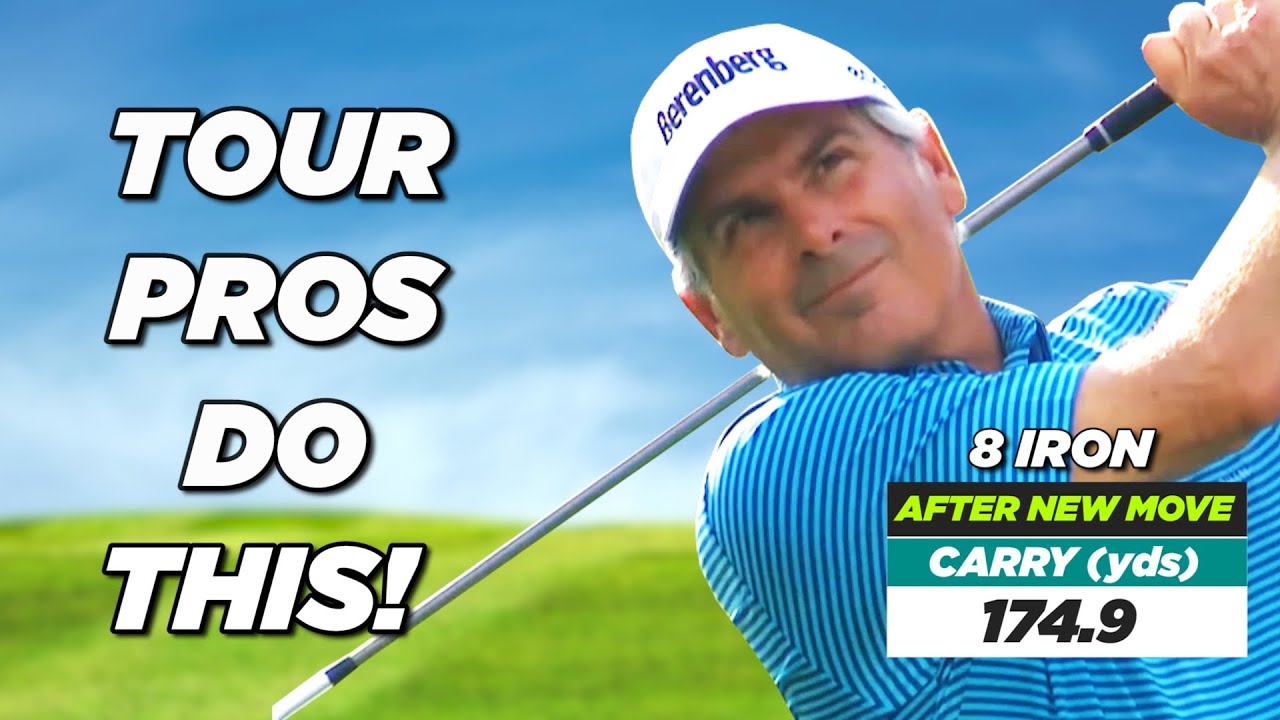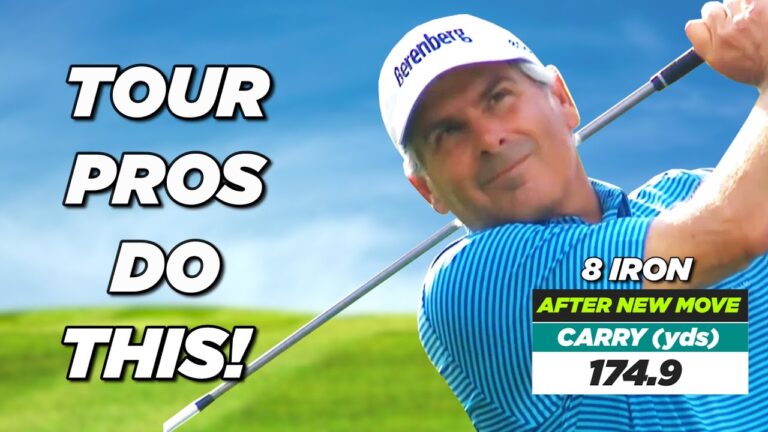
Improve Your Golf Swing with the PGA Elbow Move
At the heart of every great golfer is a swing rooted in motion harmony. If you’re eager to consistently achieve powerful and precise ball striking, learning the nuanced ‘PGA elbow move’ may be your key to success. This advanced technique, often associated with golf legends like Fred Couples, is renowned for its effectiveness in naturally shallowing the swing plane.
Read on to explore how the PGA elbow technique, backed by biomechanic insights, can transform your gameplay. Whether you’re stepping onto the green for the first time or refining an established swing, these strategies will guide you towards mastering your power.
Table of Contents
- Introduction: Why the PGA Elbow Move Matters
- Step 1: Understand the Role of the Elbow and Wrist in the Downswing
- Step 2: Feel the Move with a Cushion Drill
- Step 3: Replicate the Move with a Golf Club
- Step 4: Use the Fred Couples Drill to Shallow Your Plane
- Step 5: Practice Opposite Moves to Understand the Difference
- Step 6: Build Speed and Power with the Right Angles
- Step 7: Use Technology to Compare Your Swing with Tour Averages
- Step 8: Incorporate the Shift, Flex, and Hit Drill
- Step 9: Practice Slow Motion Swings to Perfect the Move
- FAQ: Mastering the PGA Elbow Move
- Conclusion: Unlock Your Best Swing with the PGA Elbow Move
Introduction: Why the PGA Elbow Move Matters
A seamless golf swing often feels elusive, especially during the critical downswing. However, recent biomechanic insights reveal that a subtle focus on the right elbow and wrist moves can lead to consistent precision and power. This elbow move, championed by experts like Dr. Robert Neal, simplifies the downswing, making it accessible even for golf novices.
Key takeaway: By enabling a more refined and shallow swing plane, golfers can enhance their technique and enjoy improved ball striking.
Step 1: Understand the Role of the Elbow and Wrist in the Downswing
At the crest of your backswing, maintaining a flat lead wrist is crucial. From this anchor point, initiate your downswing by subtly flexing the lead wrist forward. Simultaneously, allow your trail elbow to move inward and rotate externally—this dynamic plays a pivotal role in re-aligning your club into an optimal, shallow plane.
Key takeaway: The harmony between a flexed wrist and inward-moving elbow is integral to achieving swing fluidity and power precision.
Step 2: Feel the Move with a Cushion Drill
Embark on mastering this technique by familiarizing yourself with the motion. Employ a soft cushion, holding it snugly between your forearms right above the elbows. Proceed with your swing, practicing the motion in slow, deliberate sequences to hone accuracy and body alignment.
- Elevate into the top-back position, gently grasping the cushion.
- Begin your downswing with a subtle elbow inward movement.
- Align your swing naturally and propel into completion.
Step 3: Replicate the Move with a Golf Club
Having practiced with the cushion, commit to the move using your golf club. As you transition into your downswing, meld the elbow inward shift with the wrist’s subtle flexion. Aim to craft a mini circle with your club, sustained by physiological movement rather than forceful manipulation.
Goal: Achieve a clubshaft incline of 45-50 degrees, facilitating an inside-out approach to the ball.
Step 4: Use the Fred Couples Drill to Shallow Your Plane
Experience profound swing improvements by adopting the ‘Fred Couples Drill’:
- Align slightly left of your target, probing a subtle inside-out path.
- Commit to the backswing with fluid accuracy.
- Initiate the downswing by inwardly rotating the right elbow, enhancing body shifts in unison.
Step 5: Practice Opposite Moves to Understand the Difference
Acknowledge inefficient motions by discerning incorrect forms purposely:
- Assume a right-slanted position from your target.
- Attempt a standard swing.
This recognition unveils a lack of power symmetry, solidifying the PGA elbow move’s importance.
Step 6: Build Speed and Power with the Right Angles
Focusing on correct angles and maintaining them through the downswing facilitates natural speed and power. See your swing as brushstrokes on a canvas, smoothly transferring energy from your wrist to past impact.
Step 7: Use Technology to Compare Your Swing with Tour Averages
Embrace technological solutions like the Swing Slap app to record your swing, analyzing its alignment against PGA pros. This strategic comparison empowers targeted improvements.
Step 8: Incorporate the Shift, Flex, and Hit Drill
- Start from a three-quarters backswing, shifting weight towards the leading side.
- Flex the wrist and glide toward completion.
Step 9: Practice Slow Motion Swings to Perfect the Move
Integrate these principles by practicing through slow-motion drills. Focus on synchronization, cultivating perfect swing harmony with each controlled motion.
FAQ: Mastering the PGA Elbow Move
Q: Why is the right elbow movement so important in the downswing?
A: Aligning the right elbow inward promotes shallowing, ensuring a more natural, fluid swing path.
Q: How much should I flex my lead wrist during the downswing?
A: Slight wrist flexion suffices to adjust angles without forcefulness—balance is key.
Q: Can this move help increase my swing speed?
A: Absolutely. Proper angles, combined with efficient mechanics, amplify velocity effortlessly.
Q: How do I know if I’m shallowing my club correctly?
A: A 45 to 50-degree shaft during transition confirms shallowing success, aided by apps for precise validation.
Q: What should I avoid to prevent poor downswing mechanics?
A: Sidestep excessive arm tips and an uncoordinated open clubface.
Conclusion: Unlock Your Best Swing with the PGA Elbow Move
The PGA elbow move is a definitive approach to optimizing your swing, synthesizing control with power. Lifelong lessons from legends like Fred Couples, paired with biomechanic validation, provide an experienced roadmap toward golf excellence. Implement these drills to entrench mastery over your mechanics, using technology for continued refinement.
Begin your journey to better ball striking with this ultimate swing technique, ensuring consistent practice, and seek comprehensive coaching to expedite mastery. Conquer the course confidently with the PGA elbow move as your trusted ally.
Happy swinging!


0 Comments